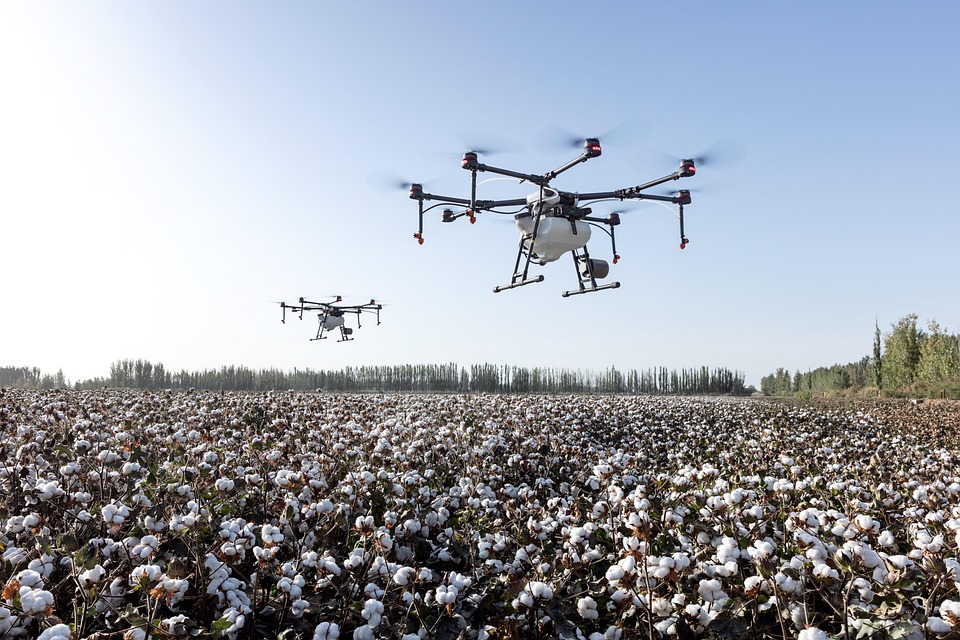In recent years, the rise of robotics and automation has sparked a global conversation about its implications for the workforce. From manufacturing to healthcare, the integration of advanced technology is reshaping industries and altering the nature of work itself. As we reflect on these changes, it becomes evident that while automation offers significant benefits, it also presents challenges that society must address.
The New Era of Robotics
Robotics has evolved from simple mechanical devices to sophisticated systems capable of learning and adapting. Modern robots are equipped with artificial intelligence (AI), machine learning, and advanced sensors, enabling them to perform complex tasks that were once exclusive to humans. This evolution is particularly visible in manufacturing, where robots enhance productivity by streamlining processes and improving precision.
The integration of robotics extends beyond manufacturing. In fields such as agriculture, logistics, and healthcare, robots are enhancing efficiency and reducing costs. For instance, agricultural robots can automate planting and harvesting, while drones optimize crop management. In healthcare, robotic surgical systems enhance the precision of procedures, leading to better patient outcomes.
The Benefits of Automation
-
Increased Efficiency: One of the most significant advantages of robotics is the enhancement of operational efficiency. Robots can work tirelessly, often at a faster pace than human workers, thereby increasing output and reducing production times.
-
Cost Reduction: By automating repetitive tasks, businesses can lower labor costs over time. While the initial investment in robotic systems may be high, the long-term savings on wages, health benefits, and training can be substantial.
-
Safety Improvements: Robots can take on hazardous tasks, reducing the risk of workplace injuries. In industries like mining or construction, robots can handle dangerous materials or perform risky jobs, leading to safer environments for human workers.
- Enhanced Quality: Automation minimizes human error, leading to higher-quality products and services. Robots can maintain consistent standards in production, which is crucial in sectors like pharmaceuticals and food safety.
The Challenges Ahead
Despite these benefits, the rise of robotics also presents significant challenges, particularly concerning employment.
-
Job Displacement: One of the most pressing issues is the potential for job loss. As robots take over tasks traditionally performed by humans, those in low-skilled jobs are at the highest risk of displacement. For instance, repetitive roles in manufacturing and retail are increasingly being automated.
-
Skill Gap: The growing demand for advanced technical skills poses a challenge for the existing workforce. Many workers may lack the necessary training to operate and maintain sophisticated robotic systems, leading to a skill gap in the job market.
- Economic Inequality: The benefits of automation may not be evenly distributed. Companies that can afford to invest in robotics may see significant gains, while smaller businesses struggle to compete. This divide could lead to broader economic inequality and job polarization.
Preparing for the Future
As robotics continue to advance, it’s essential for society to adopt strategies to manage the transition effectively.
-
Education and Training: Investment in education and vocational training programs becomes increasingly important. Upskilling the workforce is crucial in equipping employees with the skills needed to adapt to new technologies.
-
Policy Frameworks: Governments can play a key role by implementing policies that support workforce transition. This could include incentives for companies that invest in employee retraining or support for displaced workers through unemployment benefits and job placement services.
- Emphasis on Human-Robot Collaboration: Rather than viewing robots as replacements for human workers, industries can benefit from adopting models of collaboration. Humans can focus on creativity, problem-solving, and critical thinking, while robots handle repetitive and strenuous tasks.
Conclusion
The rise of robotics is undeniably transforming the workforce, presenting both opportunities and challenges. While there is no denying the efficiency and cost-saving potential of automation, attention must be given to the social implications of this shift. By investing in education, fostering collaboration between humans and robots, and developing supportive policies, society can embrace the benefits of automation while mitigating its risks. Ultimately, the future of work will be defined not just by technological advancement, but by our collective response to its impact on the workforce.



